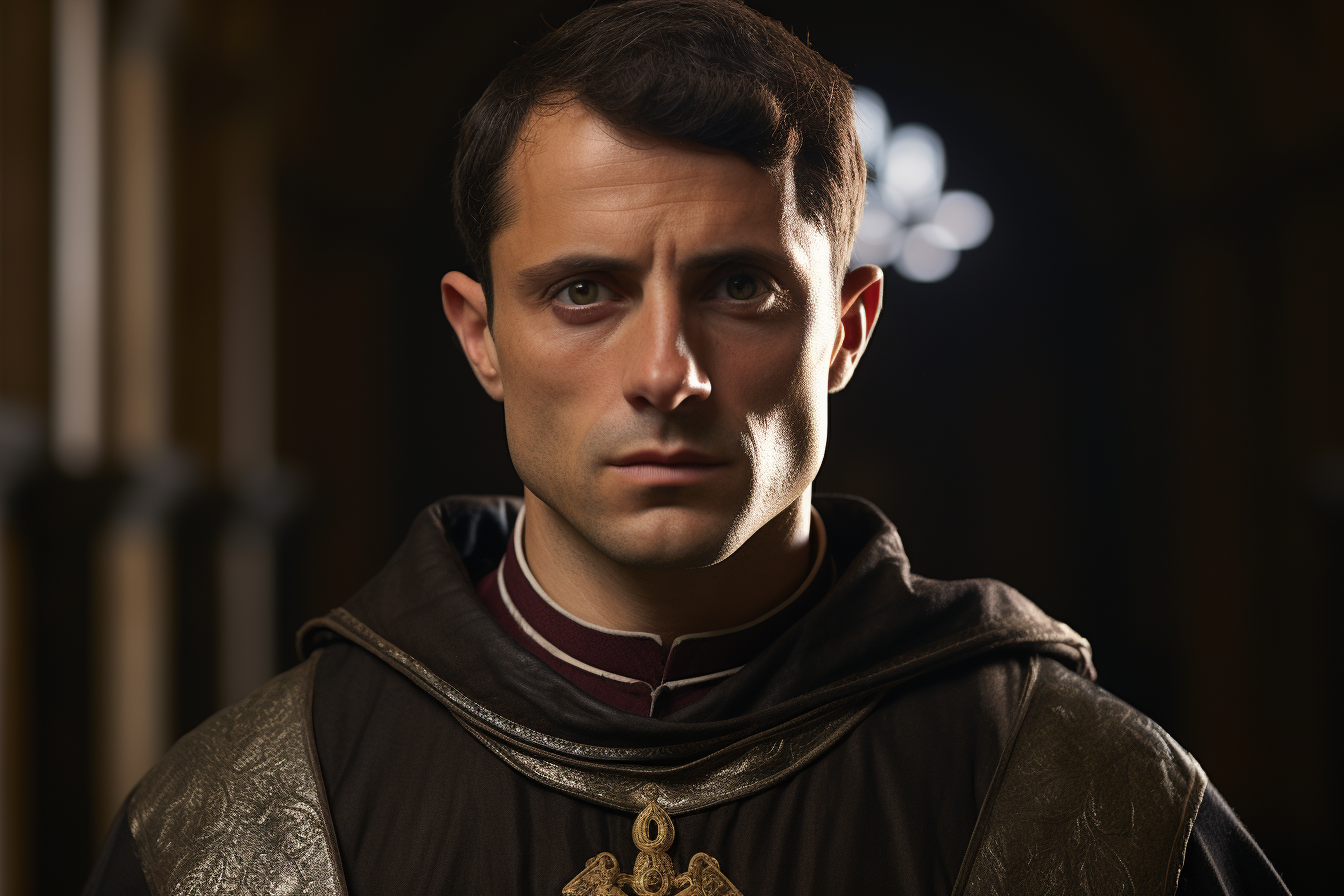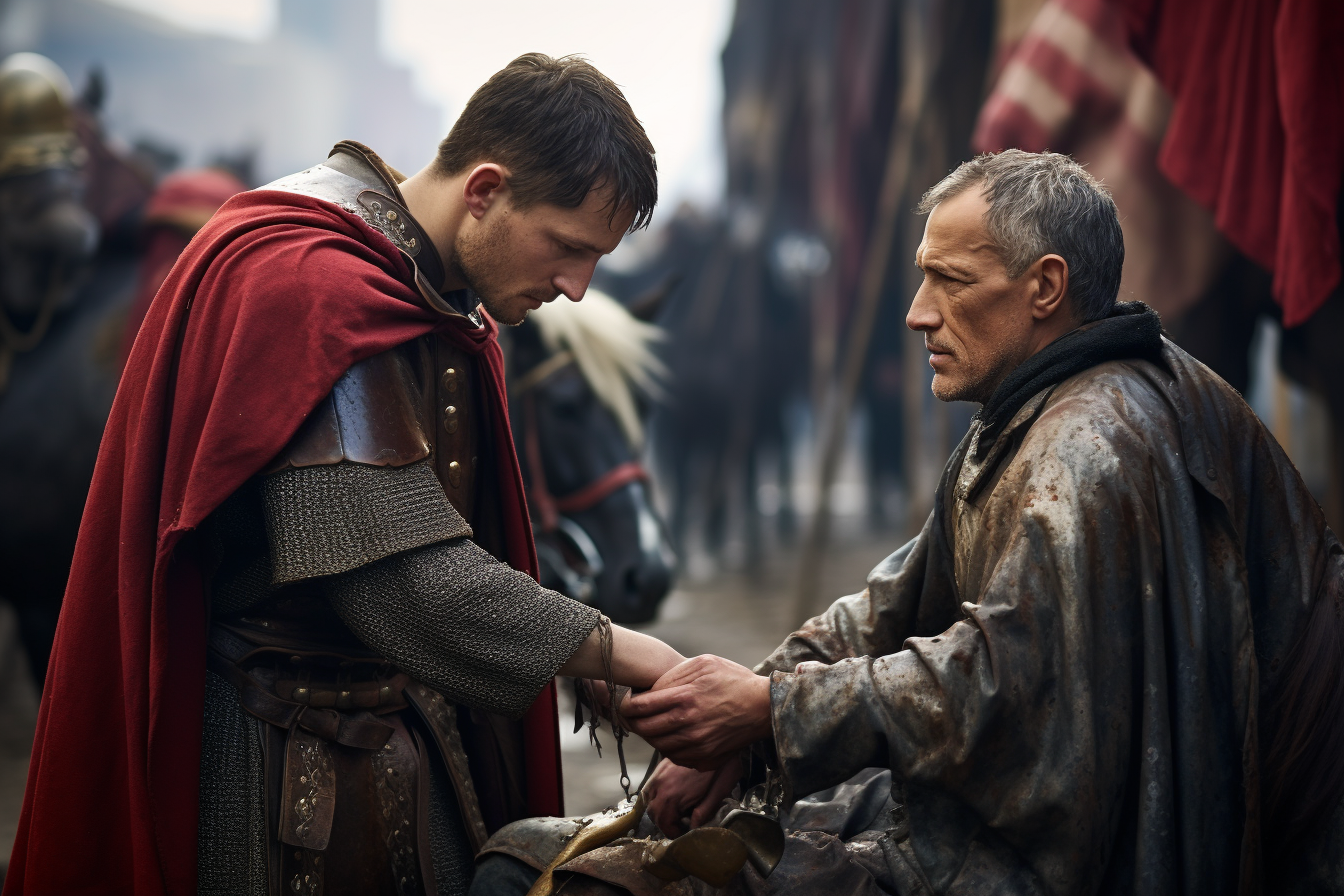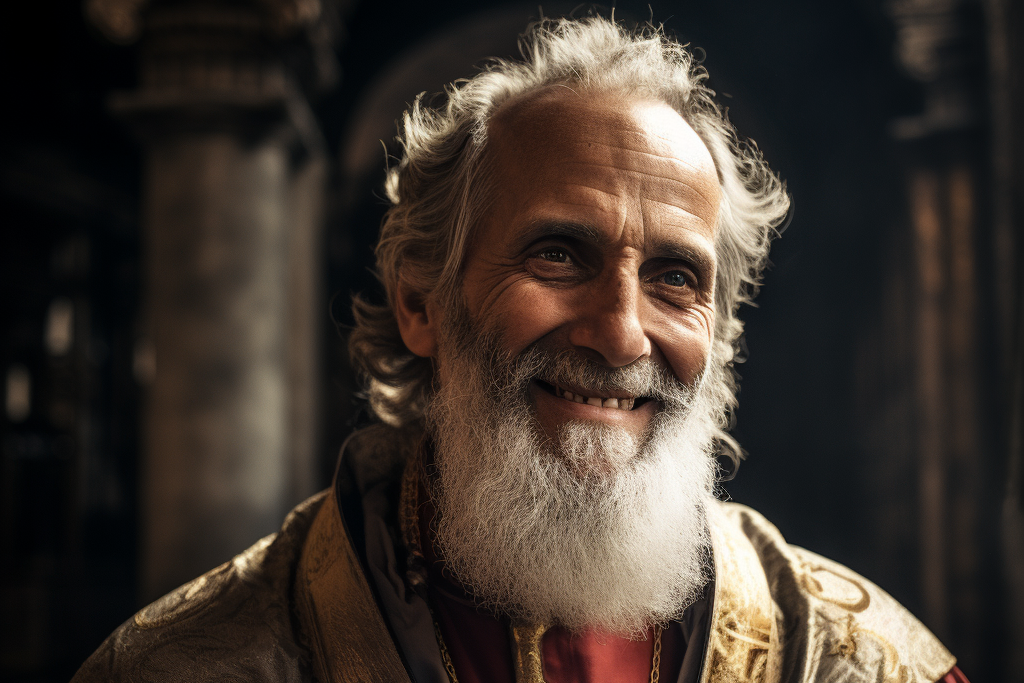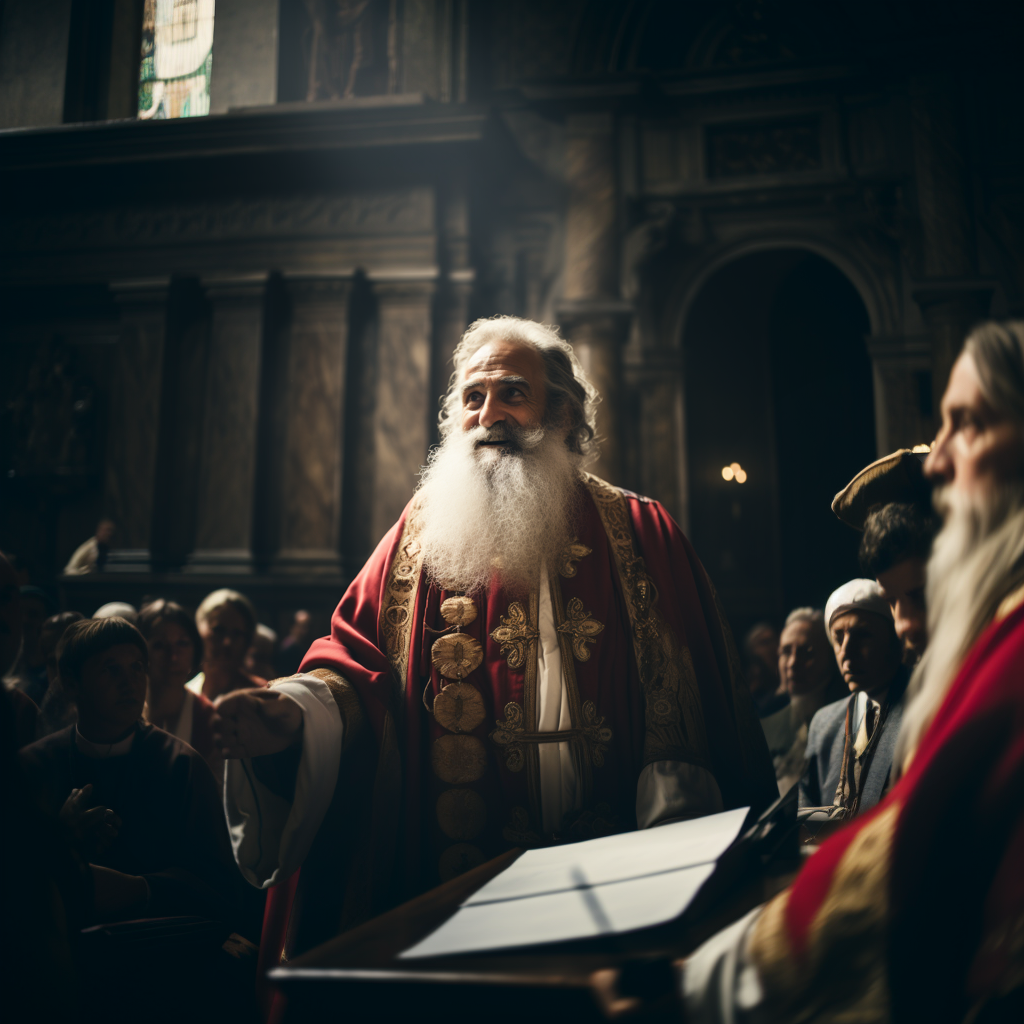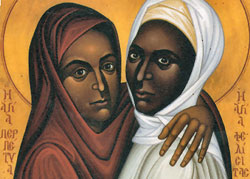When they lived:
St. Edmond Rich, also known as St. Edmund of Abingdon, lived during the 13th century.
Where they lived:
St. Edmond Rich was born in Abingdon, England, and spent much of his life in Oxford.
Notable world events during the time of their life:
- The Mongol Empire’s Expansion (1206-1294): In the 13th century, the Mongol Empire led by Genghis Khan and later his descendants continued its unstoppable expansion, conquering vast territories across Asia, the Middle East, and Eastern Europe. This event had a significant impact on global trade, cultural exchange, and the spread of ideas.
- The Magna Carta (1215): In the year 1215, the Magna Carta was signed by King John of England, which established certain fundamental rights and liberties for the people. This document marked a crucial step towards the limitation of absolute monarchial power and laid the groundwork for modern constitutional law.
- The Renaissance Emerges (14th – 17th centuries): Though the Renaissance is often associated with the 15th century, its roots can be traced back to the 13th century. This period marked a reawakening of arts, culture, and intellectual pursuits in Europe, leading to groundbreaking advances in various fields like art, literature, and science.
- The Seventh Crusade (1248-1254): During St. Edmond’s lifetime, King Louis IX of France led the Seventh Crusade to the Holy Land, attempting to regain Christian control over Jerusalem and surrounding areas. Although the crusade ultimately failed, it had significant ramifications for the European involvement in the Middle East.
- The First University Colleges Established (13th century): In the 13th century, the world witnessed the emergence of the first university colleges, including the University of Oxford, where St. Edmond Rich studied and later became a prominent lecturer. This period saw a surge in intellectual pursuits and the establishment of institutions of higher learning.
St. Edmond Rich’s patronage:
St. Edmond Rich is the patron saint of the city of Pontignano, Italy. Pontignano holds special significance as it is the place where St. Edmond chose to live as a hermit for a brief period before being called to a life of religious leadership.
As an Archbishop of Canterbury, St. Edmond Rich played a crucial role in the ecclesiastical and educational spheres during his time. He was known for his humility, wisdom, and dedication to the poor, making him a revered figure not only among Catholics but also among people from various walks of life.
The Early Life of St. Edmund Rich
Born to parents Reginald and Mabel Rich around November 20th, 1175, Edmund was the eldest of four children. His father would later retire to monastic life with permission from his wife and Edmund’s mother, a pious and devote woman.
His mother, Mabel, took up the responsibility of training the children, and Edmund probably had his early studies at a school owned by the monks in Abingdon. His mother’s influence helped the young Edmund develop a love for purity.
He loved to learn about religious things and, at 12, made a vow of everlasting chastity before the statue of the Blessed Virgin.
The Career and Priestly Life of St. Edmund Rich
After his earlier studies, St. Edmund proceeded to study further at the University of Paris, France, and sometime around 1200, he started teaching. He lectured actively on mathematics and dialectics in both Oxford and Paris. He also pioneered the study of Aristotle in his time.
Records have it that he was the first to hold a Master of Arts in Oxford, though not the first Doctor of Divinity there. He was fond of praying for long hours at night, which resulted in him often nodding off while lecturing.
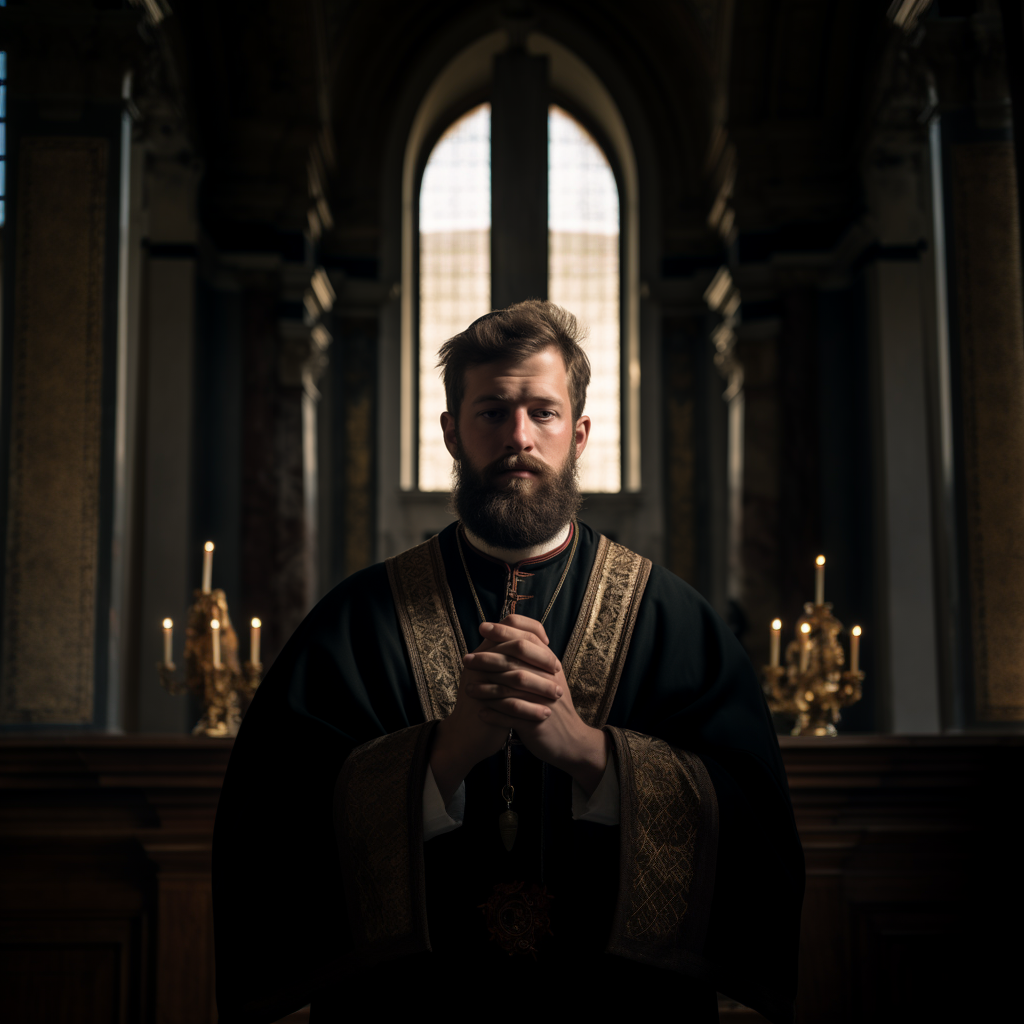 Most of his lecturing fees were normally spent on charity, including taking care of the needs of his students.
Most of his lecturing fees were normally spent on charity, including taking care of the needs of his students.
Due to his mother’s influence, St. Edmund studied theology and began his career as a priest sometime between 1205 and 1210, with some resistance on his part.
Retiring to spend a year in the Augustinian Canons, he was ordained and embarked on a doctorate degree in divinity course. He became famous as a lecturer in theology and an eloquent preacher.
But for his gifts as a preacher and an expositor, this great saint would likely have opted to become a monk. He was appointed as the Vicar of the Parish of Calne in Wiltshire and Treasurer of Salisbury Cathedral sometime between 1219 and 1222.
Archbishop of Canterbury Cathedral
In 1233, St. Edmund reluctantly accepted to become the Archbishop of Canterbury Cathedral under Pope Gregory IX’s appointment. His consecration as archbishop was done on April 2, 1234.
As the archbishop, he was found to admonish the king (Henry III) to heed and follow his father’s examples. He threatened the king with excommunication if he failed to dismiss his foreign councilors, who were his favorites, and the king yielded.
He also went on peace talks with Llewelyn the Great, which turned out to be successful. This eventually turned King Henry III against him.
Due to his truthful nature, regardless of situations, most people were dissatisfied with him, including the King and some monks in his archdiocese. This led to great political discord, with the King usurping his authority by requesting a legate from the Pope.
Despite the political discord and tensions, St. Edmund was faithful in his defense of the church as well as the state. The heightened political discord eventually led him to retire in 1240, when he retired to France and became a monk.
Works of St. Edmund Rich
Beyond defending the rights of the church and state, St. Edmund has two works accredited to him that are still relevant to the church today.
His works are Speculum Ecclesiae, an ancestral treatise, and the Provincial Constitutions.
Death and Canonization of St. Edmund Rich
On November 16, 1240, St. Edmund met his death in Soisy, on his way to Rome to plead his case with the Curia. He was buried at Pontigny Abbey,and miracles were reported to have occurred at his gravesite.
Shortly after his death, his faithful began to clamor for his canonization. King Henry III strongly opposed this. However, barely six years after his death in 1247, he was canonized by Pope Innocent IV. His feast day is the 16th of November.
He is patronized by many in England, including Abingdon, the Roman Catholic Diocese of Portsmouth, and St. Edmund’s College, to name a few.
5 Interesting Facts About St. Edmund Rich
- Can you believe that St. Edmund’s father, Reginald, chose to become a
monk even while his mother was still living. - The name “Rich” was an epithet given to his father, a wealthy
merchant and not used for St. Edmund and his siblings. - St. Edmund began to see visions when he was still a very young boy.
in school. - He is believed to have received his first vision of Christ as a boy.
This led to him constantly signing himself with the name” Jesus of
Nazareth” - Did you know St. Edmund’s decision to study theology was because of
His mother appeared to him in a vision, advising him to do so.
Prayer to St. Edmund Rich
Into Thy hands, O Lord, and into the hands of Thy holy angels, I commit and entrust this day my soul, my relations, my benefactors, my friends, my enemies, and all Thy people. Keep us, O Lord, through the day, by the merits and intercession of the Blessed Virgin Mary and all the saints, from all vicious and unruly desires, from all sins and temptations of the devil, and from sudden and unprovided death and the pains of hell. Illuminate my heart with the grace of Thy Holy Spirit; grant that I may ever be obedient to Thy commandments; suffer me not to be separated from Thee, O Lord Jesus Christ, who lives and reigns with God the Father and the Holy Spirit for ever and ever. Amen.
[https://www.catholicity.com/prayer/prayer-of-saint-edmund-of-abingdon.html]{.ul}
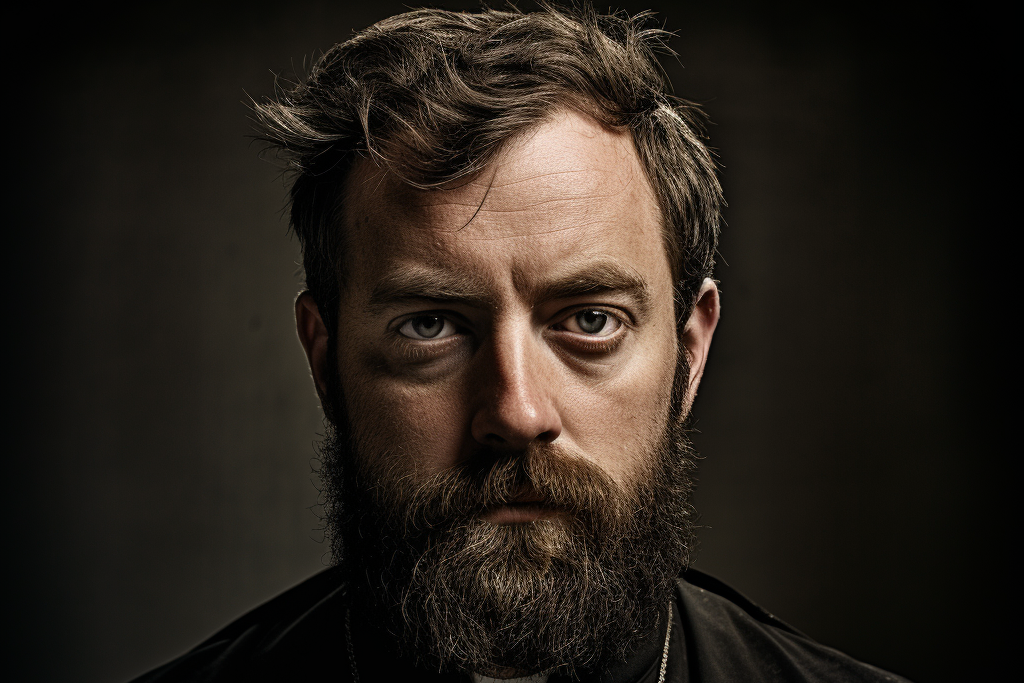
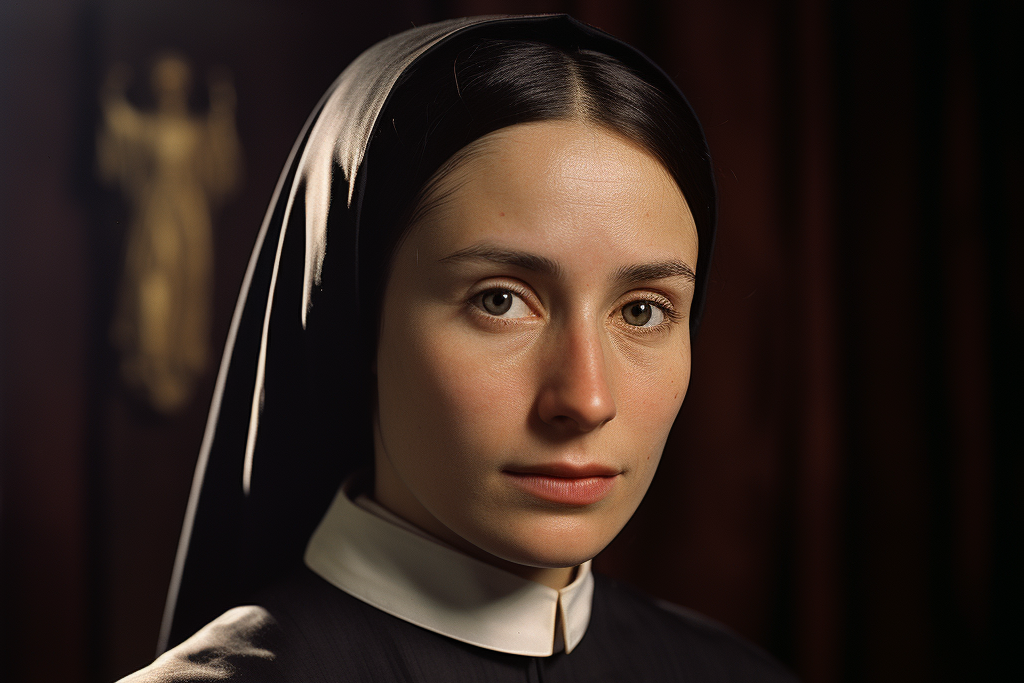

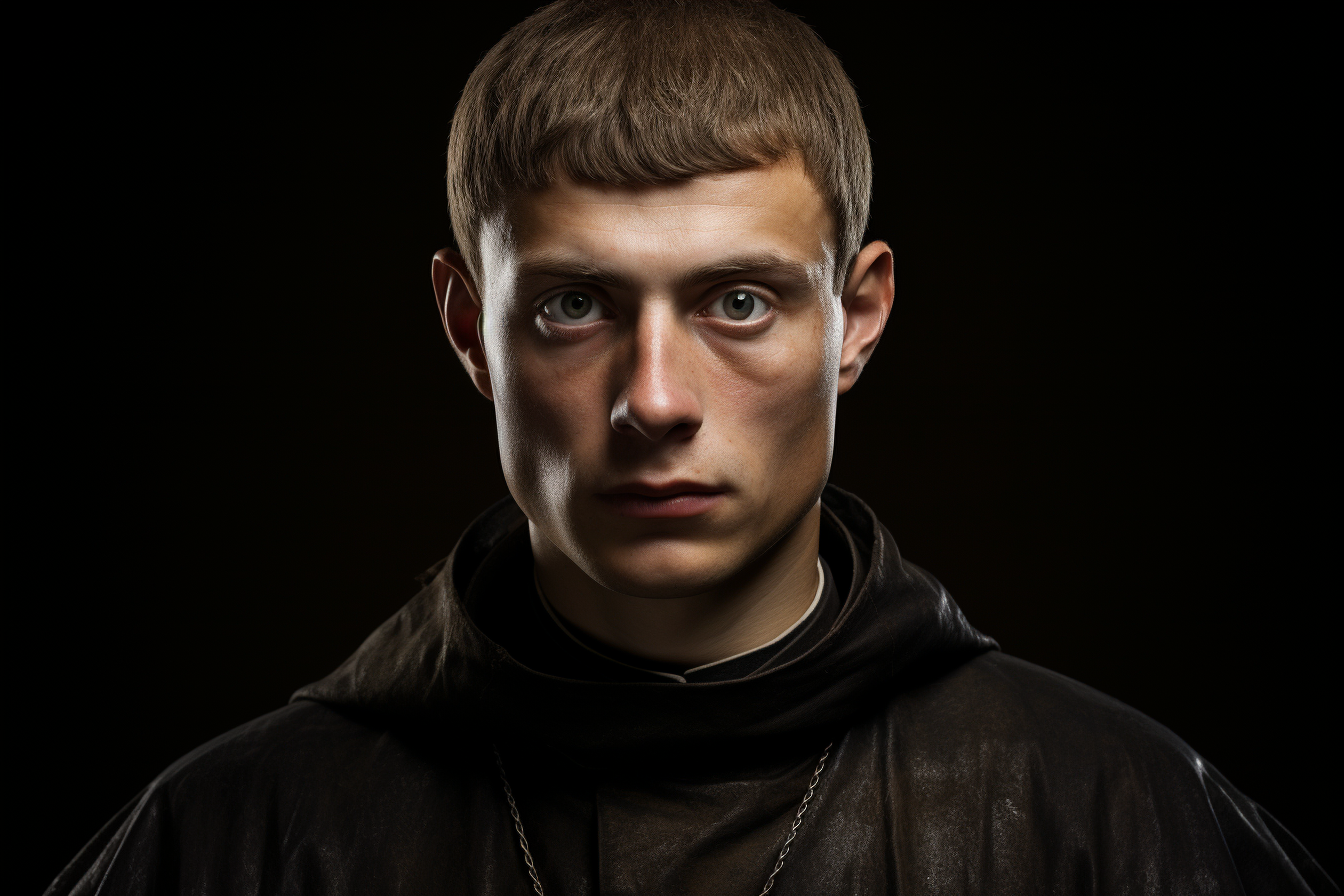
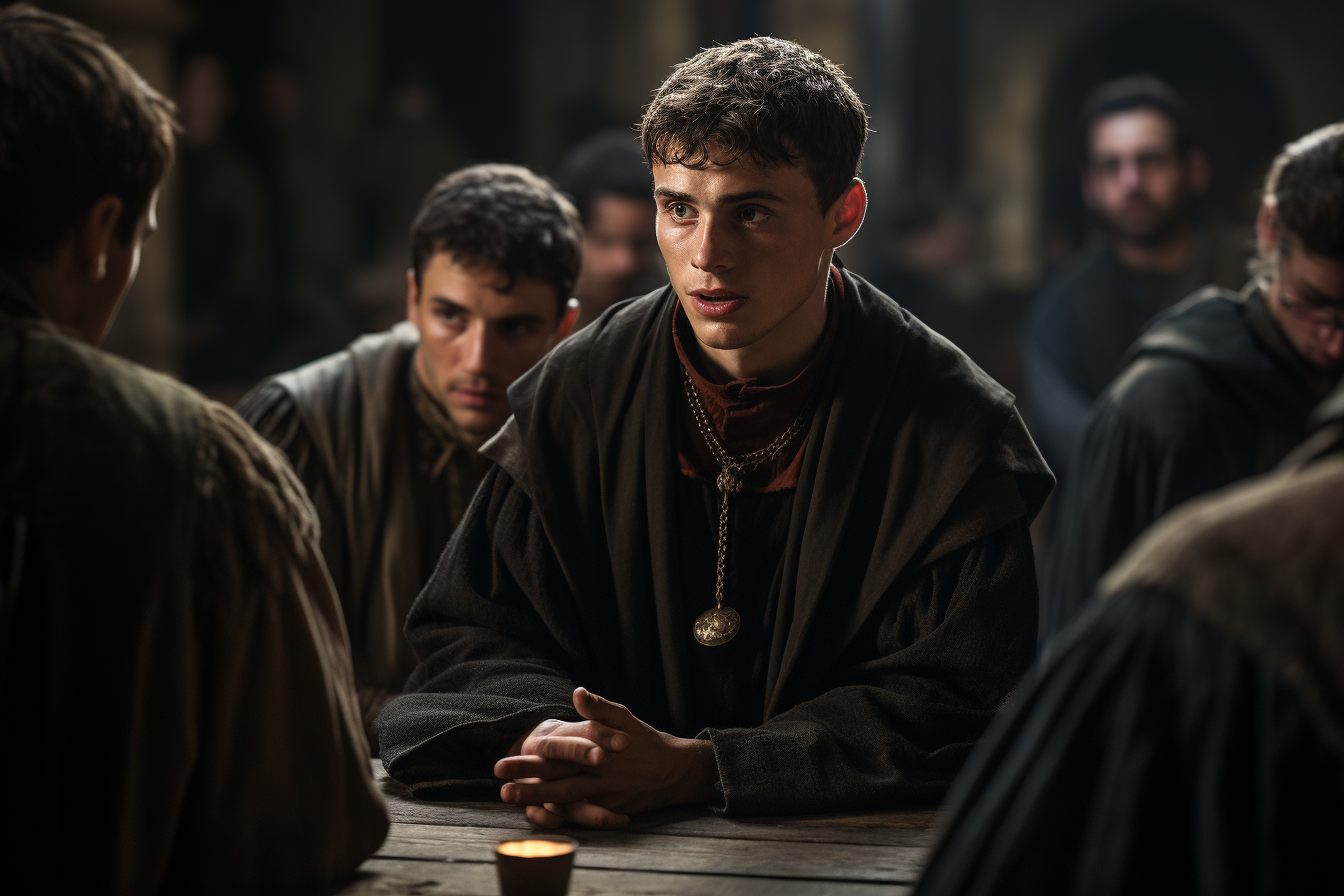
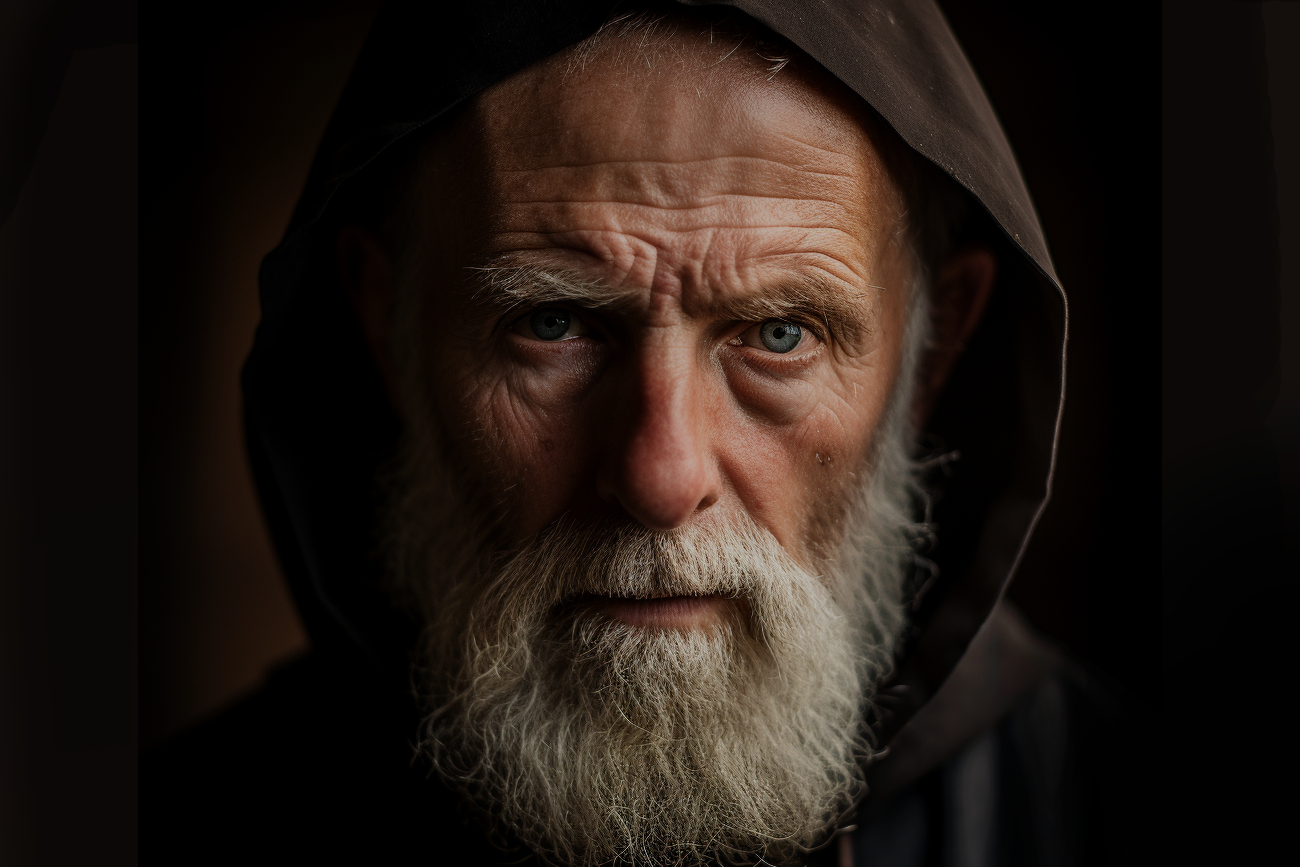

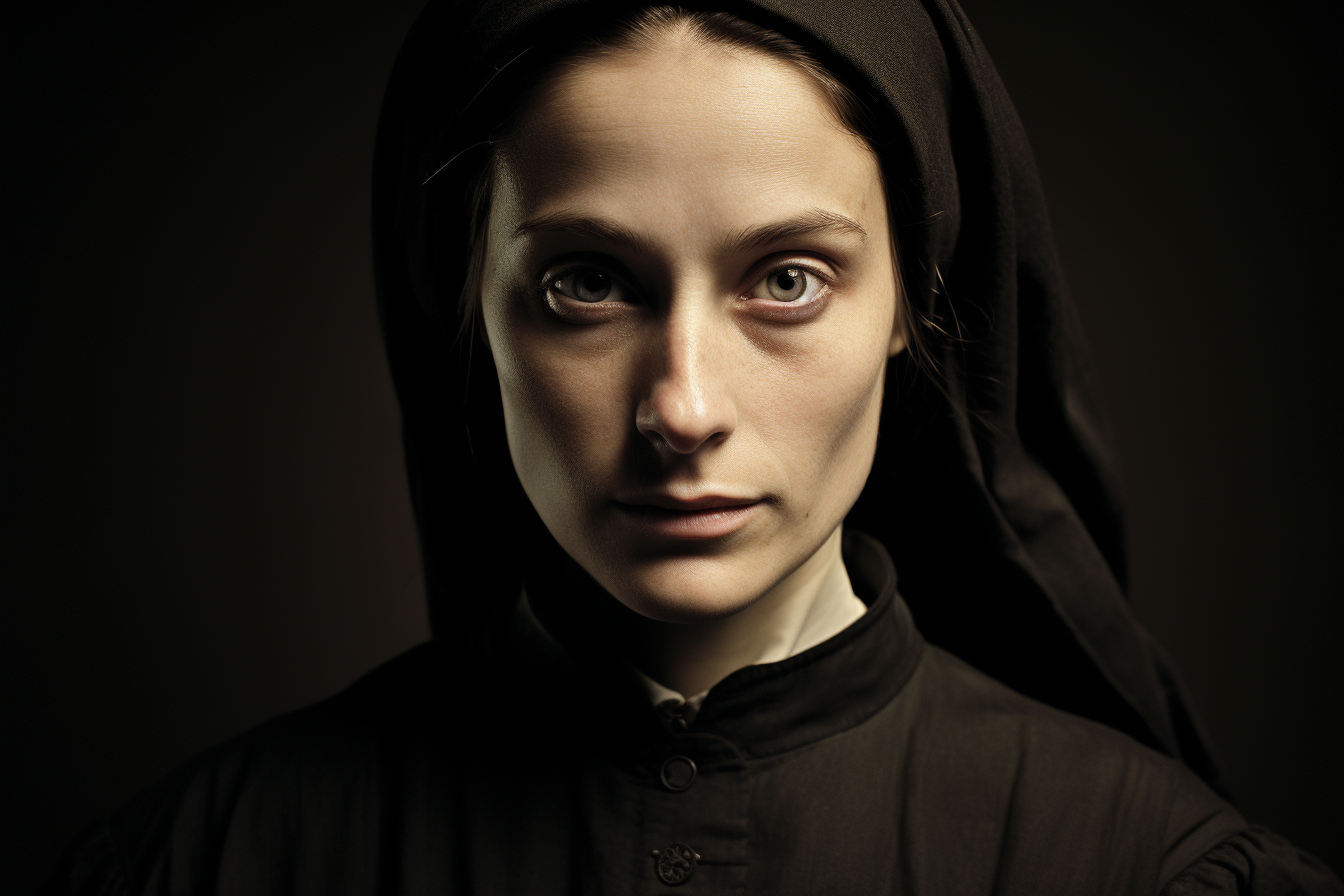
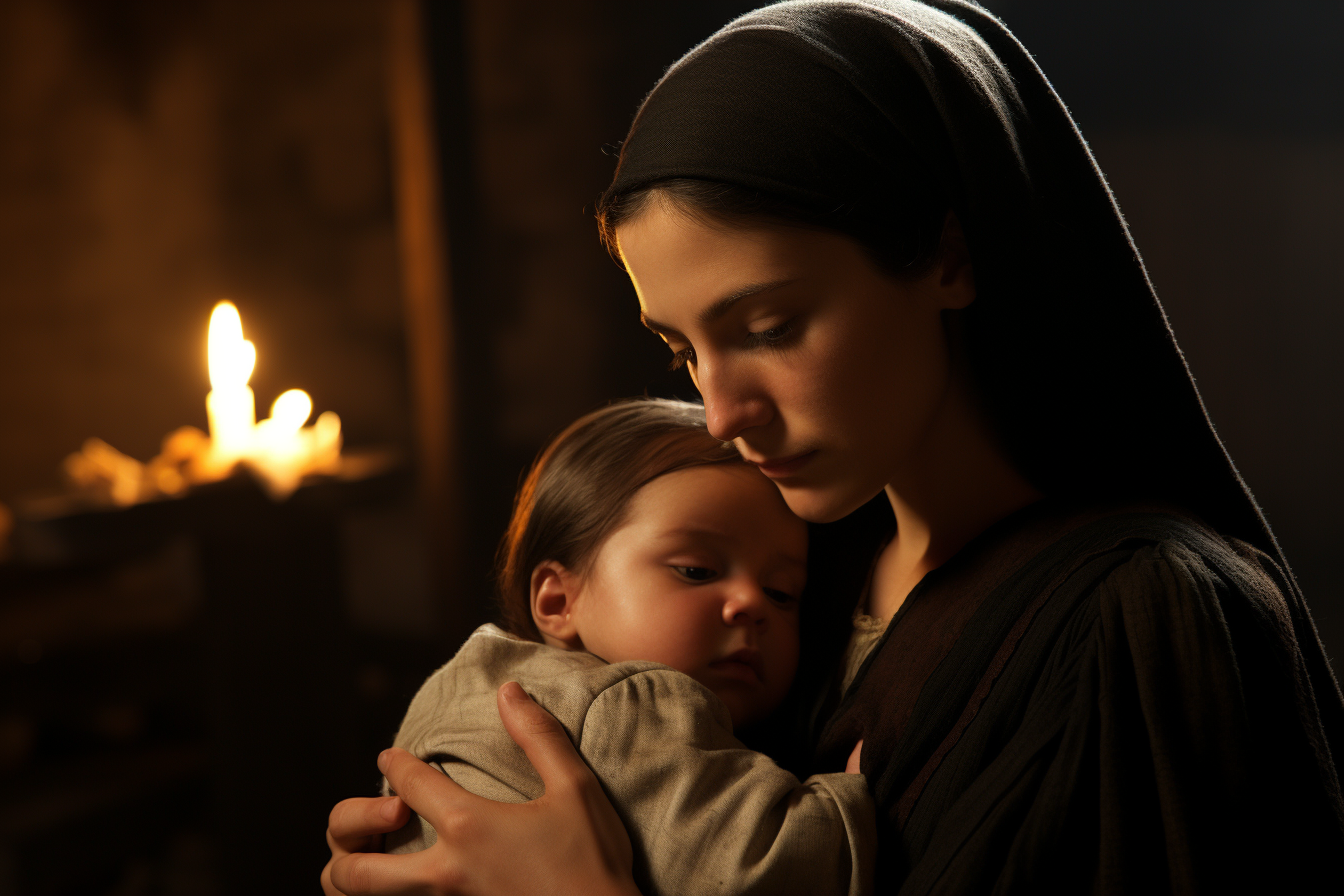


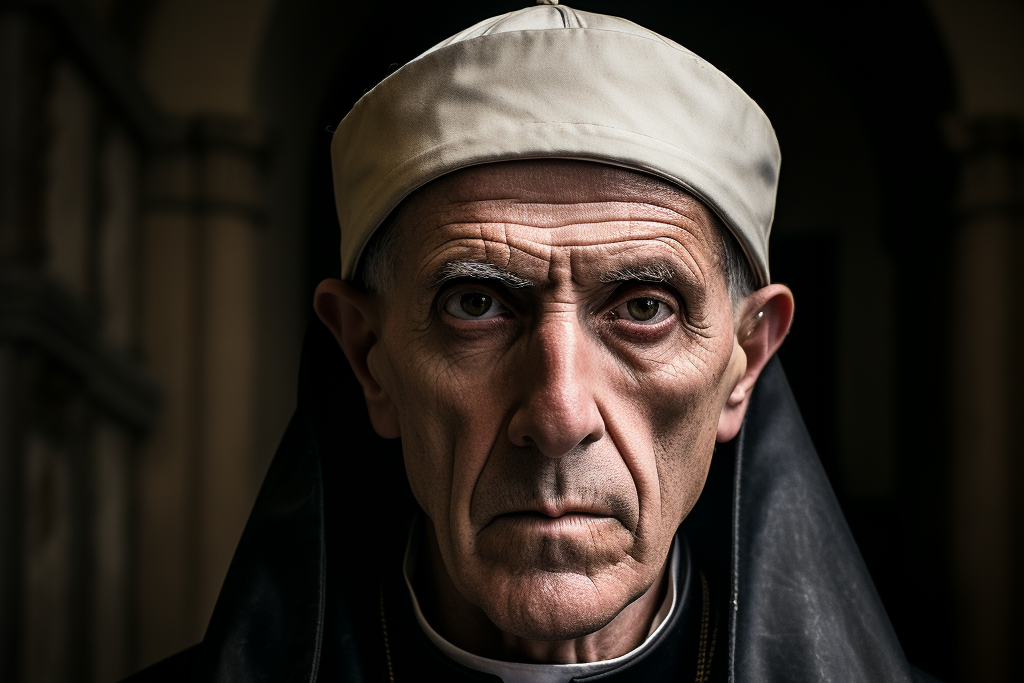
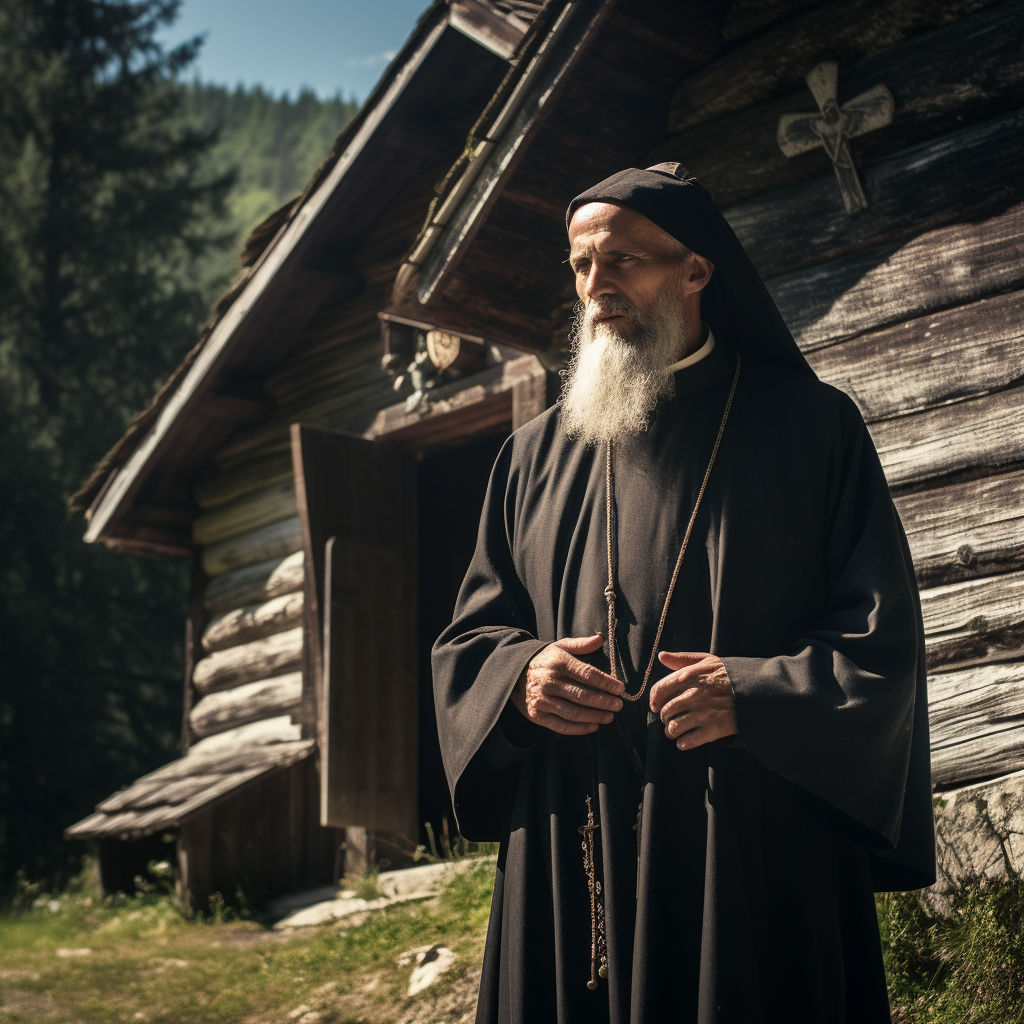 In 1090, St. Bruno was called to Rome by one of his former students, Eudes of Chatillon, who had become a pope. The pope needed competent and devoted allies to continue the work of reform commenced by Gregory VII. There is no information on the exact position he occupied in Rome because it is confidential. He worked as an advisor, but he was wisely kept in the background.
In 1090, St. Bruno was called to Rome by one of his former students, Eudes of Chatillon, who had become a pope. The pope needed competent and devoted allies to continue the work of reform commenced by Gregory VII. There is no information on the exact position he occupied in Rome because it is confidential. He worked as an advisor, but he was wisely kept in the background.